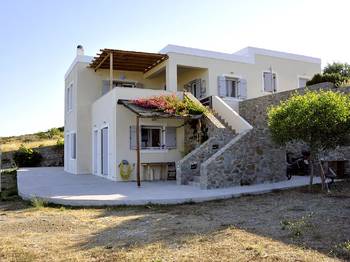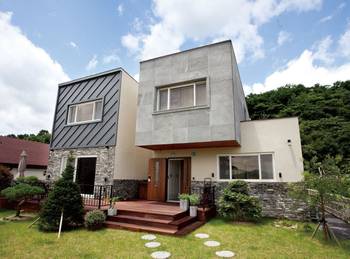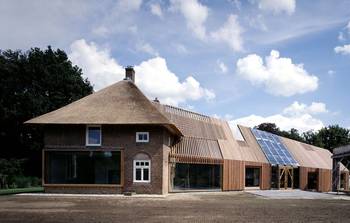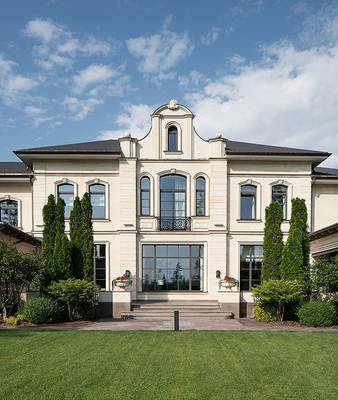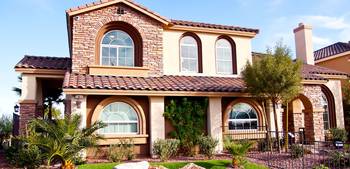ArchReview #163
1
2
3
4
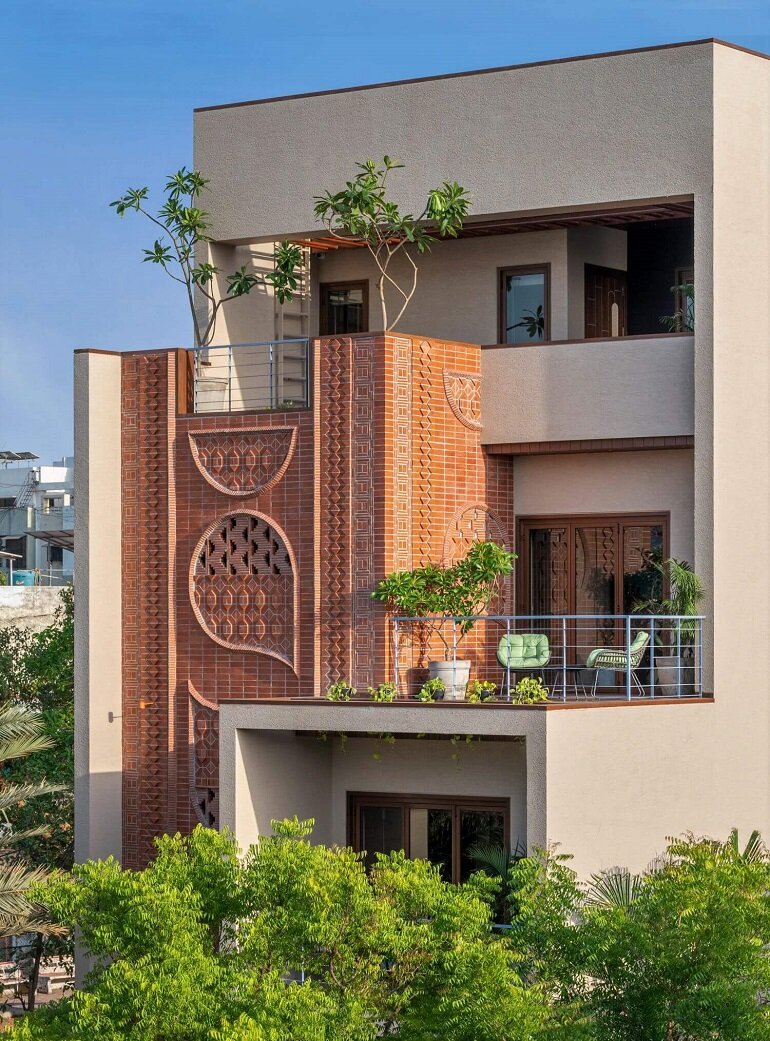
1
This project is an example of how modern architecture can organically absorb and reinterpret local traditions and crafts. The house demonstrates masterful work with brick, which acts not just as a building material, but as the main element of the decorative and spatial solution of the facade.
The architects create a complex, multi-layered structure with deep loggias and terraces, which not only provides privacy and protection from the hot sun (characteristic of the Indian climate), but also facilitates the integration of greenery directly into the volume of the building. Plants on terraces and balconies become an integral part of the architectural image.
The contrast between the warm, ornamental texture of the terracotta bricks and the smooth, light plastered surfaces emphasizes the geometry of the volumes and focuses attention on the decorative elements2
Decorative brickwork: This is the centerpiece of the façade, demonstrating high craftsmanship. The intricate relief and openwork patterns of the shaped bricks refer to traditional Indian ornaments (jali), creating a unique play of light and shadow and providing ventilation while maintaining the privacy of the interior spaces.3
Integrated terraces and landscaping: Deep, recessed terraces recessed into the building volume create comfortable shaded outdoor seating areas. The active use of container gardening “enlivens” the facade, weaving nature into the architecture and improving the microclimate.4
A clear division into ornamental brick inserts and smooth light-colored plastered planes. This technique allows the façade to be visually structured, emphasizing the intricacy of the brick work and creating a contemporary yet rooted in the local context.



